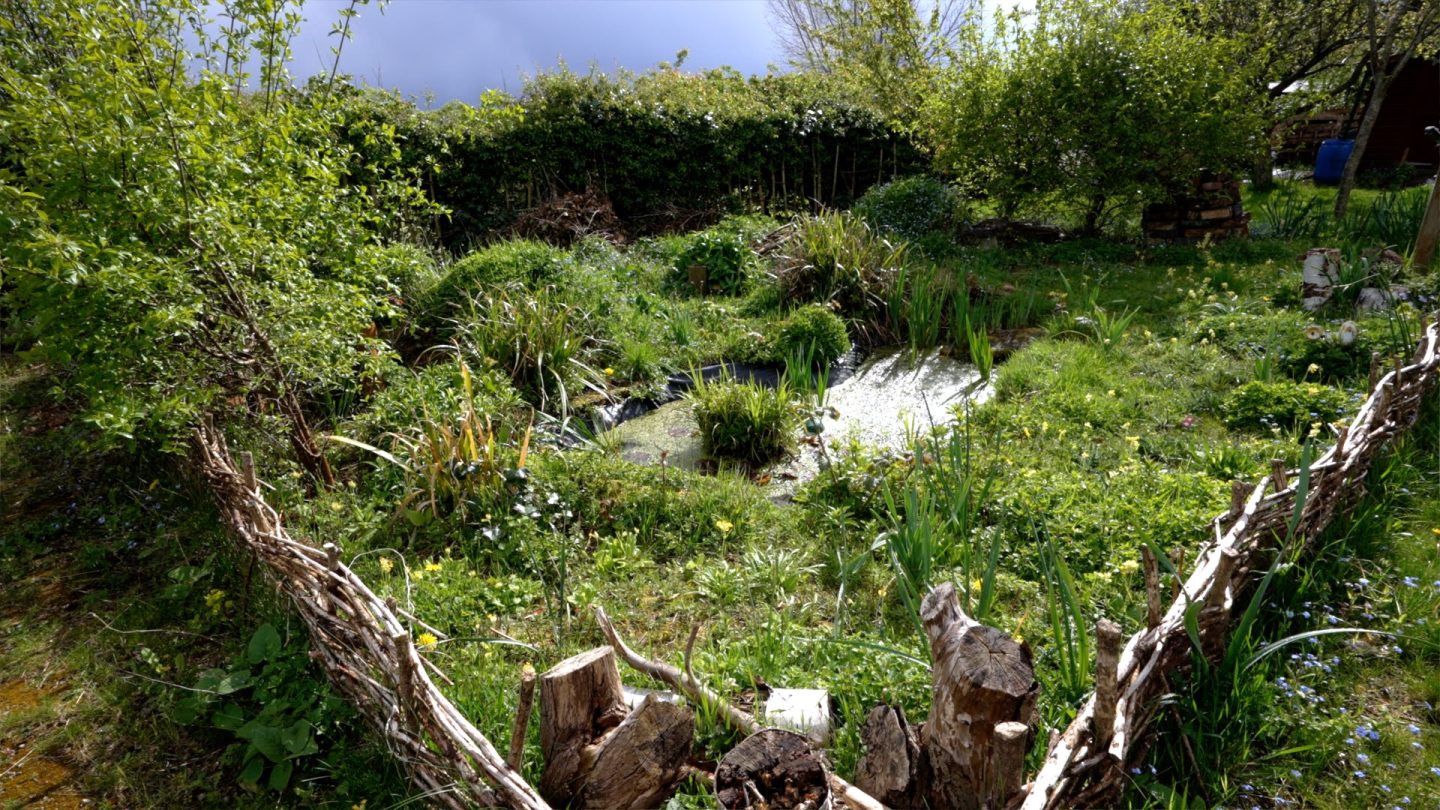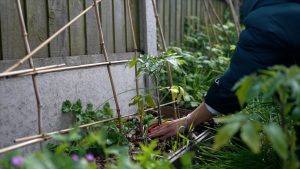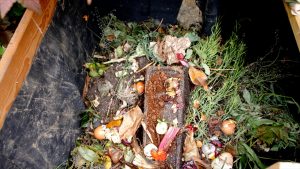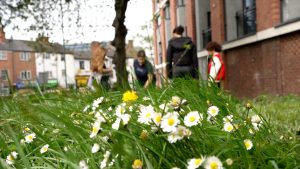
Wildlife gardening in community spaces
Gardening for wildlife
Dive into the basics of wildlife gardening and learn how to transform any community garden into a thriving habitat for wildlife. By providing essential resources like food, water, and shelter, you can support local biodiversity and create a beautiful, vibrant space for everyone to enjoy.
Wildlife gardening in community spaces
We speak to Lucy from STAA who gives us an introduction into some of the ways you can make your space more wildlife-friendly by providing food, water and habitat for wildlife. Learn how to create a sustainable and inviting space for wildlife, whether you are looking to improve your local green space, allotment or your own garden.
Providing habitat for wildlife
There’s lots of ways to provide habitat for wildlife to shelter, breed and feed in. Explore some of the options below to help you decide what would work best in your space.
Create a dead hedge
Dead hedges are a great way of turning your hedge and vegetation trimmings into a feature as well as a valuable habitat for wildlife. They attract a variety of invertebrates, as well as providing a place for birds to roost and hedgehogs to hide in. What’s more, they’re really simple to create! Lorna Griffiths from Nottinghamshire Wildlife Trust talks us through the few simple steps you need to take to create your very own dead hedge in your community space or garden.
Create a dragonfly friendly garden
We speak to Lauren from the British Dragonfly Society who talks us through some of the measures we can all put in place to help dragonflies and damselflies. We cover everything you need to know to get started with your dragonfly friendly garden, including how to create or enhance your pond, what plants to choose, and how you can provide for the prey which dragonflies feast on.
Build a hibernaculum for reptiles and amphibians
Learn how to build a hibernaculum to provide a safe place for reptiles and amphibians to shelter over the winter. The ideal time to build a hibernaculum is late summer or autumn, but you can build one any time of the year.
Wildlife gardening in small spaces
Even if you only have access to a small space like a balcony, shared courtyard or even the front of your home or workplace, you can still create a thriving habitat for wildlife. Ellie and Ben from the Wildlife Garden Podcast talk us through some of the ways you can make even the smallest of spaces beneficial to wildlife.
Explore more ways to Green your Neighbourhood
Help reptiles and amphibians
Help hedgehogs
Help badgers
Help bats
Want to learn more?
To learn more ways to help nature in your neighbourhood, visit the Wildlife Trust’s Community Hub:

Green Your Neighbourhood is made possible with The National Lottery Heritage Fund, with thanks to National Lottery players


